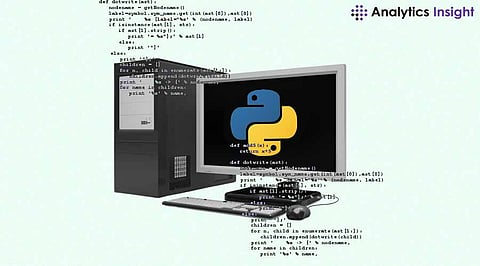

Data wrangling is the process of getting dirty, messy data into a cleaner, easier-to-understand format. This would be a very useful skill for analysts and scientists who want to work with data. In this process, Python makes the job easier. Let's go through some simple steps to use Python the right way and wrangle data effectively.
Before you start with Python wrangling, you will want to have a good familiarity with these basic skills. That includes some of the very accessible and easy concepts that could mean variables, loops, and functions, which you can get familiar with through simple examples and tutorials. Python is an easy language to learn and well-supported on the web.
First of all, you need to get your data into Python. Data can come from many different places: files on your computer, databases, or maybe even online. Using the Python tools, you can load many kinds of files simply: spreadsheets or text files.
Once you have loaded the data, you want to take a peek at it to see exactly what it looks like. You want to get a feeling for the kind of information you're dealing with.
It's very common to want to focus on parts of the loaded data. You can select only parts of interest-specific rows or columns. You can filter data for easier viewing of what you seek to study.
Real-world data often has gaps or duplicates. It’s important to address these issues to ensure your analysis is accurate. You can remove any empty spaces or fill them in with appropriate values. You can also check for repeated entries and get rid of them.
After you’ve cleaned and organized your data, it’s time to explore it. Look for trends, patterns, and outliers. This is where you start to understand what your data is telling you. Visualization tools can help you create charts and graphs that make these insights clearer.
In today's data world, the skill of wrangling data for Python is crucial. That is very helpful with Python. Learn to clean, order, and analyze data with Python; this will save you time and deliver better results.
The better you are at wrangling data, the more effective you'll be at working with your data, which will then result in better decisions based on your findings.
1. What is data wrangling?
Data wrangling is the process of cleaning and organizing messy data to make it easier to analyze.
2. Why use Python for data wrangling?
Python is popular for data wrangling because it’s easy to use and has many tools that simplify the cleaning and organizing process.
3. How do I deal with missing data?
You can handle missing data by either removing it or filling in the gaps with suitable values.
4. What does Pandas do?
Pandas is a tool in Python that helps you manage and manipulate your data easily.
5. Can I use Python for large datasets?
Yes, Python can handle large datasets effectively, especially when combined with specialized tools designed for big data.
